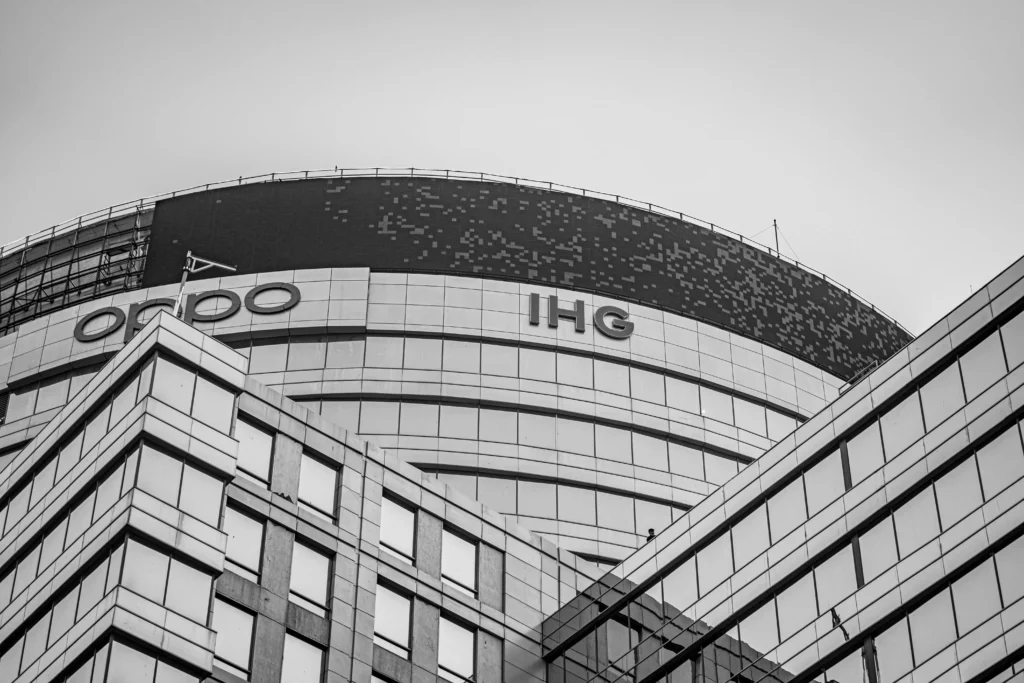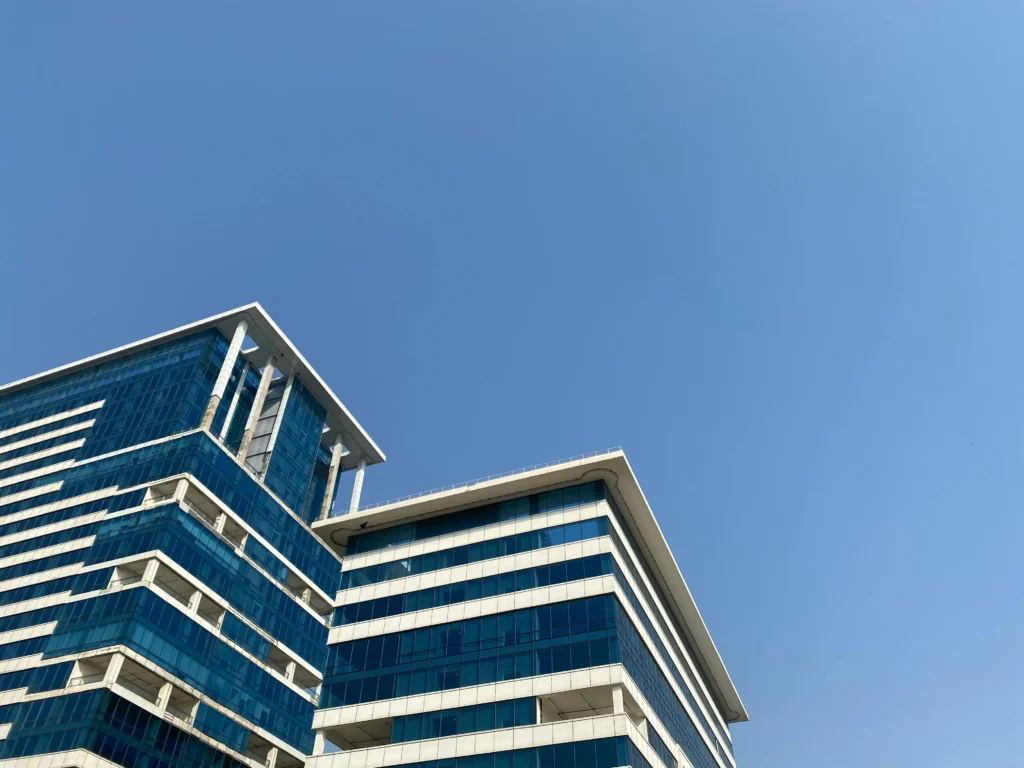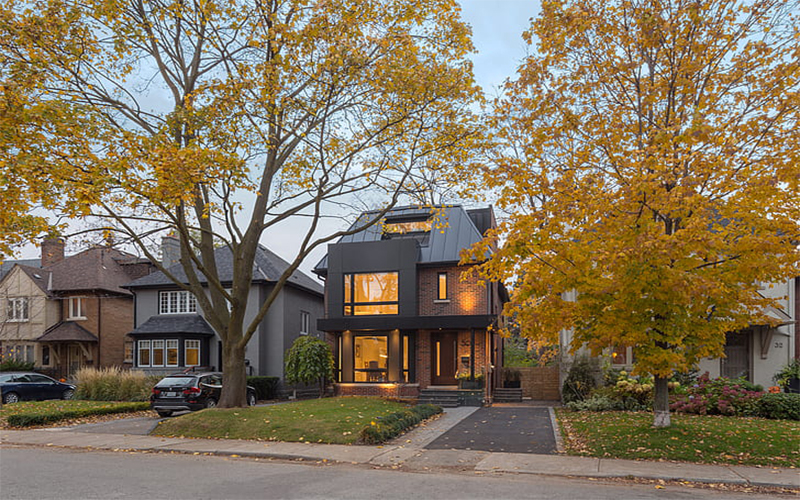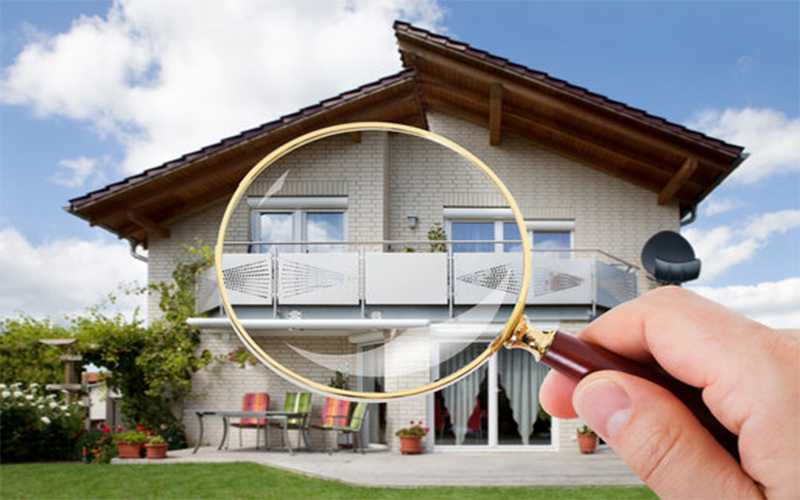For decision-makers in the real estate sector, the Cost Per Lead (CPL) is more than just a marketing metric; it is a direct indicator of capital efficiency and a predictor of project profitability. Yet, for many firms, this critical figure is steadily rising, creating a sensation of a “leaky bucket” in the marketing budget where increasing ad spend does not yield a proportional increase in qualified prospects. Many have come to accept this escalating cost as an unavoidable consequence of competitive digital marketplaces. This assumption is not only flawed; it is financially detrimental.
A high CPL is not a market condition to be tolerated; it is a symptom of an inefficient strategy. It signals a misalignment between your message, your audience, and your platform. Achieving a significant reduction in CPL-by as much as 40% or more-is not the result of a single hack or a clever bidding trick. It is the natural outcome of a systematic, data-driven, and holistic real estate performance marketing agency approach that optimizes every stage of the customer acquisition process.
This analysis will dissect the key strategic levers required to systematically drive down your CPL while simultaneously enhancing the quality of the leads you generate. We will move beyond surface-level tactics to explore the foundational strategies that transform a costly PPC campaign into a highly efficient, ROI-positive growth engine. For any leader seeking to maximize the financial performance of their real estate digital marketing investment, this is the blueprint.
The Diagnosis: Why Your Real Estate CPL is Inflated
Before implementing solutions, it is imperative to diagnose the root causes of an inflated CPL. In our extensive experience as a leading real estate digital marketing agency, we have identified four primary areas of financial leakage in most real estate PPC campaigns:
- Over-reliance on Bottom-of-Funnel Keywords: The vast majority of real estate firms focus their entire budget on bidding for hyper-competitive, high-intent keywords like “3BHK flats for sale in Gurgaon.” While these keywords are valuable, they represent a small, highly contested segment of the market. This creates intense bidding wars that drive up the Cost Per Click (CPC) and, consequently, the CPL.
- Ineffective Audience Targeting: A significant portion of ad spend is wasted on irrelevant clicks from users who are not genuinely in the market, are in the wrong geographical area, or do not fit the financial profile of the target buyer. Without sophisticated audience sculpting, you are effectively paying for unqualified traffic.
- Poor Landing Page Conversion Rates: Paying a premium for a qualified user to click on your ad is only half the battle. If they arrive on a slow, confusing, or uninspiring landing page, they will abandon the session without converting. A low landing page conversion rate directly inflates your CPL, as you need to pay for more clicks to achieve a single lead.
- Absence of a Lead Nurturing Strategy: Treating every click as a “ready to buy now” prospect is inefficient. The real estate sales cycle is long. Without a system to capture and nurture users who are in the early research phase, you lose the opportunity to build a relationship and convert them later, forcing you to constantly pay high prices for new, “cold” traffic.
Lever 1: Hyper-Targeting and Audience Sculpting
The most direct way to reduce CPL is to stop wasting money on the wrong audience. Moving beyond basic demographic and location targeting is the first step toward capital efficiency.
- Advanced Audience Layers: Platforms like Google and Meta offer powerful tools to reach specific user segments. Instead of just targeting by age and city, a proficient real estate ppc agency will utilize Custom Intent Audiences (targeting users based on their recent Google searches) and Affinity Audiences (targeting users based on their long-term interests and lifestyle). This allows you to reach prospective buyers who are actively researching mortgages or who have an affinity for luxury travel, for instance.
- The Power of Lookalike Audiences: One of the most potent tools, particularly on Meta platforms (Facebook and Instagram), is the Lookalike Audience. By uploading a list of your best existing customers or highest-quality leads, you can ask the platform to find new users who share similar characteristics, behaviors, and interests. This allows you to proactively target prospects who “look like” your ideal buyer, resulting in a much higher conversion rate.
- Meticulous Use of Exclusions: Reducing CPL is as much about who you don’t target as who you do. This includes an exhaustive list of negative keywords in your search campaigns (e.g., excluding terms like “rent,” “jobs,” “courses”) to filter out irrelevant searches. It also involves creating audience exclusions, such as excluding your existing customers, employees, or known competitors from seeing your lead generation ads.
Lever 2: Full-Funnel Creative and Messaging
A lower CPL is a natural byproduct of marketing to a “warm,” engaged audience rather than constantly pursuing cold traffic. This is achieved by adopting a full-funnel approach to your creative and messaging strategy.
- Top-of-Funnel (ToFu) – Building the Audience: The goal at this stage is to build a large, relevant audience at a very low cost per engagement. Use low-cost video view campaigns on YouTube to showcase your project’s vision and lifestyle. You are not asking for a lead; you are simply building brand recognition and creating a valuable remarketing list of users who have shown initial interest.
- Middle-of-Funnel (MoFu) – Nurturing with Value: Target the audience you built in the ToFu stage with mid-funnel content on social media platforms. Offer a high-value asset-a downloadable neighborhood guide, an investment ROI calculator, or an invitation to a webinar-in exchange for their contact information. The CPL for this type of content download is significantly lower than for a “site visit” request.
- Bottom-of-Funnel (BoFu) – Converting with Intent: Now, you serve your direct-response, “Book a Site Visit” search ads primarily to this pre-qualified, nurtured audience. Because these users are already familiar with your brand and have received value from you, they are far more likely to convert. This dramatically increases your conversion rate, which in turn lowers your effective CPL for a high-quality lead. This integrated approach is a hallmark of the digital marketing services for real estate that focus on sustainable growth.
Lever 3: Conversion Rate Optimization (CRO) for Landing Pages
You can have the most precisely targeted ad campaign in the world, but if your landing page fails to convert, your CPL will remain high. Conversion Rate Optimization is the science of turning more clicks into leads.
- The “Message Match” Principle: The headline of your ad, the content of your ad, and the headline of your landing page must be in perfect alignment. If a user clicks an ad for “Luxury 3BHK Villas,” the landing page must speak directly to that specific offering. Any disconnect creates confusion and causes users to abandon the page.
- Elements of a High-Converting Real Estate Landing Page:
- A Single, Unambiguous Call-to-Action (CTA): Decide the one action you want the user to take and make it obvious.
- Benefit-Driven Headlines: Instead of “Project Name,” use a headline like “Experience Unmatched Luxury Living in Gurgaon’s Most Prestigious Address.”
- Compelling Visuals: High-quality, professional photos and, ideally, an embedded virtual tour are non-negotiable.
- Social Proof: Include client testimonials, media mentions, or industry awards to build immediate trust.
- Low-Friction Forms: Only ask for the most essential information on your lead form (Name, Email, Phone). Every additional field you add will reduce your conversion rate.
- Page Load Speed: Every second of delay in page load time dramatically increases the bounce rate. Your landing pages must be technically optimized for speed, especially on mobile devices.
A holistic digital marketing company for real estate understands that their job isn’t done at the click; it’s done at the conversion.
Lever 4: Intelligent Bidding and Platform Utilization
Finally, leveraging technology is key to optimizing bids at scale. While manual bidding has its place, modern PPC platforms offer powerful AI-driven bidding strategies that can significantly improve efficiency. Strategies like Google’s “Target CPA” or “Maximize Conversions” analyze thousands of signals in real-time for each individual user auction-their device, location, time of day, Browse history-to set the optimal bid. This level of granular optimization is impossible for a human to perform manually and ensures your budget is allocated to the clicks most likely to convert, directly lowering your average CPL.

CPL Reduction as a Symptom of Strategic Excellence
Reducing your Cost Per Lead by 40% is not about finding a secret loophole. It is the definitive result of a deliberate and disciplined strategic shift. It is about embracing a holistic view of the customer journey and meticulously optimizing every component of your digital marketing engine-from advanced audience targeting and a full-funnel creative strategy to conversion-focused landing pages and intelligent bidding.
A high CPL is a tax on inefficiency. By implementing the principles outlined in this analysis, you are not just cutting costs; you are building a more resilient, predictable, and profitable customer acquisition system. This is the new benchmark for performance in real estate digital marketing.
Frequently Asked Questions
1. Besides high competition, what are the most common internal factors that cause a high CPL for a real estate project?
While market competition plays a role, a high CPL is most often a symptom of internal strategic inefficiencies. The four most common factors are:
- Broad Audience Targeting: Showing ads to users who are not in your target location, demographic, or financial bracket, leading to wasted ad spend on irrelevant clicks.
- Poor Landing Page Experience: A slow-loading, confusing, or untrustworthy landing page causes users to leave without converting, forcing you to pay for more clicks to get one lead.
- A “Bottom-Funnel Only” Approach: Neglecting to build a warm audience through awareness and consideration campaigns means you are constantly paying a premium to acquire “cold” traffic.
- Weak Ad Creative: Ad copy and visuals that fail to resonate with the target audience or match the landing page content result in low click-through rates and poor Quality Scores, which platforms like Google penalize with higher costs.
2. The blog mentions a “full-funnel” approach. How does spending money on “Awareness” (Top-of-Funnel) actually help lower the CPL at the “Conversion” (Bottom-of-Funnel) stage?
It lowers the bottom-funnel CPL by transforming expensive “cold” traffic into cost-effective “warm” traffic. The “Awareness” campaigns (e.g., low-cost YouTube video views) build a large remarketing audience that is familiar with your brand. When you later target this pre-qualified audience with direct-response search ads, they are significantly more likely to convert because they already know and trust you. This higher conversion rate is the mathematical driver that lowers your effective Cost Per Lead for a high-quality prospect.
3. What is “Message Match,” and why is it so critical for improving landing page conversion rates and lowering CPL?
Message Match is the principle that the promise made in your ad must be explicitly and immediately fulfilled on your landing page. For example, if your ad headline is “View Our Exclusive 3BHK Sea-Facing Apartments,” the landing page headline must be nearly identical, and the page should prominently feature those specific apartments. When there is a disconnect, users feel they’ve been misled and immediately leave the page—an action you paid for. Strong message match builds trust, reduces bounce rates, and increases conversion rates, which is one of the most direct ways to lower your CPL.
4. Is a lower CPL always better? Are there situations where a higher CPL might be acceptable?
This is a critical strategic question. A lower CPL is not always better if it comes at the expense of lead quality. A campaign that generates 100 leads at ₹500 CPL but results in zero sales is infinitely more expensive than a campaign that generates 10 leads at ₹2000 CPL and results in two sales. A higher CPL is acceptable, and often desirable, if it is correlated with a higher-quality prospect (e.g., targeting C-level executives for a luxury penthouse) who has a much greater likelihood of converting into a high-value sale. The ultimate goal is to lower your Customer Acquisition Cost (CAC), not just your CPL.
5. How does a real estate performance marketing agency approach a CPL reduction project differently than a standard digital marketing agency?
A standard agency might focus on surface-level optimizations like adjusting bids or tweaking ad copy. A true real estate performance marketing agency approaches it as a holistic business problem. They will:
- Analyze the entire sales funnel, not just the ad campaign.
- Conduct deep audience research and implement advanced targeting and exclusion strategies.
- Focus heavily on Conversion Rate Optimization (CRO) for landing pages.
- Implement sophisticated tracking to measure not just leads, but lead quality and Cost Per Site Visit.
- Provide reporting that connects CPL directly to CAC and overall ROI.
6. Which platform, Google Ads or Meta (Facebook/Instagram) Ads, typically offers a lower CPL for real estate leads?
It depends entirely on the funnel stage. For bottom-of-the-funnel, high-intent leads (users actively searching to buy), Google Ads often has a higher CPL but delivers better immediate lead quality. For middle-of-the-funnel leads (capturing contact information in exchange for a brochure or guide), Meta Ads typically offer a significantly lower CPL. A sophisticated strategy uses Meta to build a large, cost-effective database of nurtured leads and then uses Google Ads to convert the most qualified among them.
7. What role do “Audience Exclusions” play in a CPL reduction strategy?
Audience Exclusions are a powerful but underutilized tool for eliminating wasted ad spend. By creating lists of users to exclude from seeing your ads, you can instantly improve campaign efficiency. Essential exclusions for real estate include:
- Existing Customers: To avoid paying to advertise to people who have already purchased from you.
- Your Employees/Vendors: To prevent internal clicks from draining the budget.
- Low-Intent Website Visitors: Users who bounced from your website in under 10 seconds.
- Competitors: If you can identify them.
This ensures your budget is spent only on reaching new, prospective customers.
8. How long should we test a campaign before deciding if its CPL is too high and making significant changes?
You should allow enough time for the platform’s algorithm to learn and for you to gather statistically significant data. For most real estate PPC campaigns, a period of 2-4 weeks is a reasonable initial learning phase. Making drastic changes based on just a few days of data can be counterproductive. After this initial period, performance should be monitored weekly, with optimizations made based on accumulating data. A complete strategic overhaul should be considered only after a full month of consistent underperformance.
9. Our main goal is generating sales, not just leads. How do we ensure that lowering our CPL doesn’t also lower the quality of the leads we receive?
You ensure lead quality remains high by focusing on the right metrics and targeting. Instead of optimizing purely for the lowest CPL, you should optimize for the lowest Cost Per Qualified Lead (CPQL) or Cost Per Site Visit (CPSV). This requires close integration between your marketing and sales teams to provide feedback on which lead sources are producing the best prospects. Furthermore, by using the full-funnel approach, you are inherently improving lead quality by educating and nurturing prospects before they make an inquiry.
10. What are the top three most impactful changes we can make to our landing pages right now to immediately start lowering our CPL?
- Improve Page Load Speed: Use Google’s PageSpeed Insights tool to test your landing page. Compressing images and leveraging browser caching are quick technical fixes that can dramatically reduce bounce rates.
- Strengthen Your Headline & CTA: Ensure your main headline perfectly matches your ad copy (Message Match) and that you have a single, clear, and compelling Call-to-Action button placed prominently above the fold.
- Implement Social Proof: Immediately add client testimonials, logos of media mentions, or industry awards to your landing page. This instantly builds trust and credibility, increasing the likelihood that a user will feel confident enough to submit their information.




